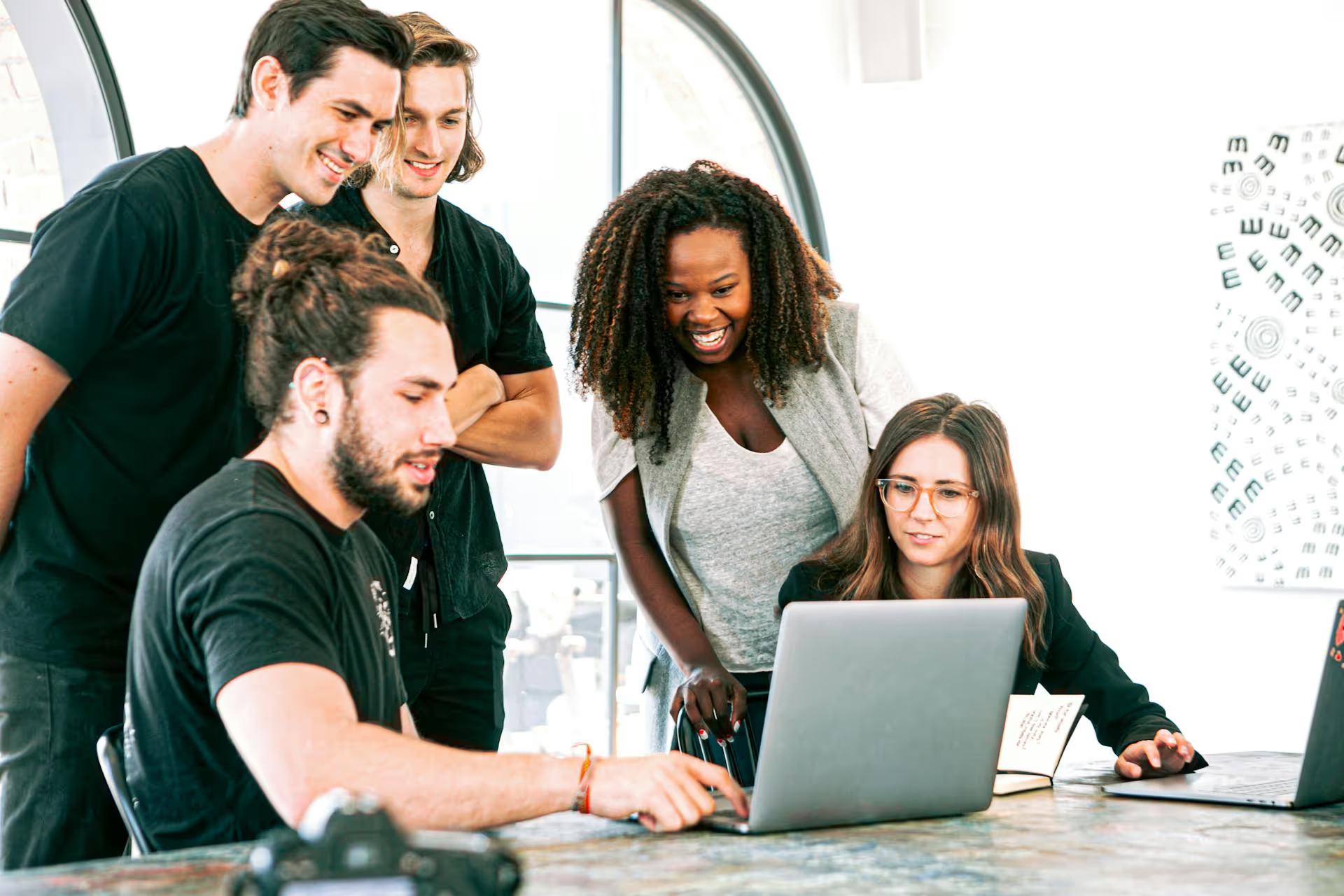How to Add Social Media Icons to an Email Signature
Enhance your email signature by adding social media icons. Discover step-by-step instructions to turn every email into a powerful marketing tool.

Attending a conference is a fantastic investment in your career, but its value multiplies when you showcase it effectively on your LinkedIn profile. Instead of just letting that experience exist as a memory, you can turn it into a powerful signal of your commitment to growth, expertise, and professional development. This guide will walk you through exactly where and how to add conferences to your profile and create engaging content that gets you noticed.
You might be wondering if adding a two-day conference is worth the effort. Absolutely. In a competitive job market, every detail that differentiates you matters. Highlighting your conference attendance does several important things at once:
Simply put, it’s a low-effort, high-impact way to keep your professional brand sharp and relevant.
LinkedIn doesn't have a dedicated "Conferences Attended" section, but there are several strategic places you can list your experience depending on your level of involvement. Here are the best options, from most to least common.
This is often the most logical and straightforward place to list a conference you've attended, especially if you earned professional development credits (PDCs), continuing education units (CEUs), or any form of certificate of completion.
Use this for: General attendance, workshops, or any event that offered some form of formal credit for your participation.
If your role at the conference was more significant than just attending, this section gives your achievement the prominence it deserves. Standing on a stage or receiving an award is a significant accomplishment, and this is the perfect place to highlight it.
Use this for: Being a keynote speaker, panelist, moderator, or receiving an award at the event.
LinkedIn has reorganized the old "Accomplishments" area, and the "Courses" section has emerged as a solid place to list significant learning experiences. While originally intended for formal coursework, it works well because attending a conference is fundamentally an educational activity.
Use this for: Detailing specific workshops or focused learning tracks you completed at a conference.
This method is a bit of a strategic hack and should be used sparingly. Creating an entry in your main "Experience" section gives the conference maximum visibility, placing it alongside your formal work history. This should only be used if your involvement was substantial and job-like.
Use this for: Serving on the conference planning committee, being a judge for an event competition, or having a major, multi-day recurring speaking role.
Adding conferences to static sections of your profile is a great first step, but the real magic happens when you create content around your experience. This is how you demonstrate your learnings, magnify your visibility, and connect with people on a deeper level. A great conference content strategy has three phases.
Don't wait until the event starts to talk about it. Announce that you're going a week or two beforehand. Create a simple text post or one with the conference banner image.
This works on multiple levels. You alert your network, use the official event hashtag to reach a wider audience, and open the door to schedule coffee chats with other attendees before you even arrive.
Once you're at the conference, act as a valuable source of information for those who couldn't make it. Your goal is to share quick, digestible insights.
The key here isn't to be perfect, but to be present. Your simple updates provide real-time value and show you're actively engaged.
This is arguably the most valuable piece of content you can create. Don't let your excitement and knowledge fade away. Within a week of returning, consolidate your thoughts into a value-packed recap post.
Effectively adding conferences to your LinkedIn profile showcases your commitment to professional growth and transforms a simple attendance into a tangible career asset. By updating the right sections on your profile and creating thoughtful content before, during, and after the event, you not only keep your network informed but also solidify your personal brand as an engaged expert in your field.
Planning a content push around a conference - with all the posts before, during, and after - can feel like a full-time job on its own. That's actually why we built Postbase. We wanted a simple, visual calendar to lay out our entire content plan for an event, see any gaps, and schedule everything ahead of time across LinkedIn and other platforms. This way, you can confidently schedule your key takeaways and follow-up posts in advance, freeing you to focus on what matters most at the actual event: learning and networking.
Enhance your email signature by adding social media icons. Discover step-by-step instructions to turn every email into a powerful marketing tool.
Learn how to add your Etsy link to Pinterest and drive traffic to your shop. Discover strategies to create converting pins and turn browsers into customers.
Grant access to your Facebook Business Manager securely. Follow our step-by-step guide to add users and assign permissions without sharing your password.
Record clear audio for Instagram Reels with this guide. Learn actionable steps to create professional-sounding audio, using just your phone or upgraded gear.
Add translations to Instagram posts and connect globally. Learn manual techniques and discover Instagram's automatic translation features in this guide.
Optimize your Facebook Business Page for growth and sales with strategic tweaks. Learn to engage your community, create captivating content, and refine strategies.
Wrestling with social media? It doesn’t have to be this hard. Plan your content, schedule posts, respond to comments, and analyze performance — all in one simple, easy-to-use tool.